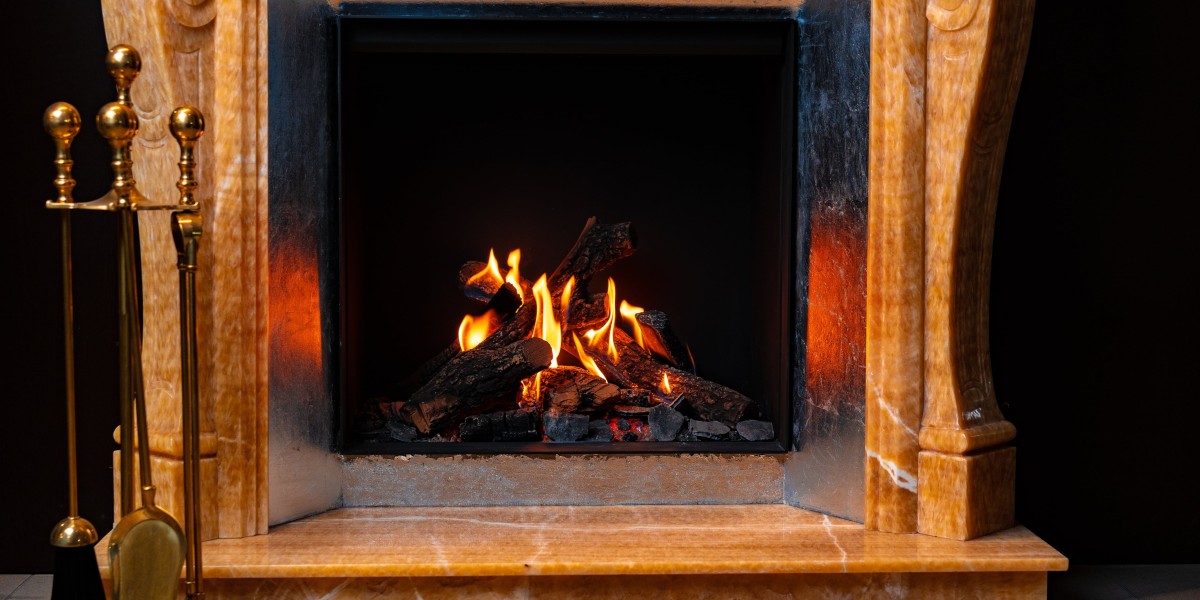Contrary to traditional open fireplaces, wood stoves are designed and optimised to burn wood. This allows them meet stricter emission standards.
Wood burning stoves create dancing yellow flames and cosy crackling sounds. They also give warmth and a warm sensation. However the smoke they release is contaminated with carbon monoxide as well as toxic air pollutants, such as benzene, formaldehyde and polycyclic aromatic hydrocarbons.
Efficient
Fireplaces and stoves that burn wood provide beautiful and natural heat to your home, they are also incredibly efficient. A top-quality wood stove can be eco-friendly up to 77 percent. With rising energy costs it is crucial to ensure that you get the most benefits from your log burner The good thing is that this is much easier than ever!
The amount of moisture in firewood is a key factor that determines how efficient a stove that burns wood is. We recommend using only well-seasoned wood that has been dried over a period of at least one year and in many cases two years. The more dry the wood, the more efficiently it burns, which means less smoke and less harmful emissions.
A wood-burning stove also offers the advantage of being an environmentally friendly fuel source, which is beneficial to the environment. Additionally, by purchasing locally-sourced firewood, you are helping to promote the active management of forests which is a good option for wildlife.
The only thing a wood-burning stove requires in terms of maintenance is to remove and eliminate ash. It's quite a challenge, but it is worth it to get the most heat from every log. If you allow the ashes 2-3 days to cool completely, they can also be utilized as a non-toxic and eco-friendly ice melt. They can be used to polish jewelry or absorb odors.
A wood-burning fireplace is an old-fashioned classic. Although they are less popular than gas fireplaces, the allure and appeal of a roaring flame cannot be denied. These fires are perfect to snuggle up with on cold nights, and they create a warm and welcoming space in your home. Making the investment in a top-quality wood stove will pay off for a long time. Call us today to learn more about how our expert chimney sweeps can help you get the best out of your stove.
Low Carbon
Wood burners that are efficient and clean are the most efficient method to save money while keeping your home warm. As an added benefit they also aid in local woodland management, a excellent way to help the wildlife that lives in your local environment.
Wood-burning fireplaces and stoves create very little pollutant if they are properly maintained and used with dry, seasoned and dry firewood. However, when they are not well maintained or made of poor quality wood the smoke that is produced by them can contain fine particles (known as particulate pollution) that can irritate the lung and other organs. It also contains carbon monoxide as well as harmful air pollutants such as formaldehyde, benzene, and polycyclic aromatic hydrocarbons. Inhaling these types of air pollution could cause irritation of the lungs wheezing, coughing and asthma attacks and may even cause serious health issues such as cancer, heart disease or premature death.
Some people are worried that wood-burning stoves will contribute to climate changes However, this isn't true. The combustion of wood produces energy that is carbon-neutral. The wood absorbs carbon dioxide throughout its lifespan. After burning the carbon dioxide is released into the atmosphere.
The wood is local, which decreases the amount of pollution produced during the transport process. It is also essential to select top quality, seasoned hardwoods as these will provide an extended and even burn than softwoods.
Modern, EPA certified wood stoves and heaters (such as those made by Charlton & Jenrick) have considerably lower emissions than earlier stoves. They have been tested and certified to meet 2020 EPA standards, which are significantly more stringent than previous emissions limits.
To prevent a build-up of exhaust in your home, all wood burning stoves must be vented completely to the outside. By keeping the flames away from the logs and ensuring that you use dry, seasoned wood, all our current clean burn and DEFRA exempt stoves produce very clear exhaust. They also have particulate levels 60 percent or less below the DEFRA limit.
A wood-burning stove with an integrated unit or catalytic converter is the most efficient low carbon heating solution. These units re-ignite gasses and particles from the initial combustion in a second stage by mixing them with superheated air. They then channel the remaining particulates and gasses through a catalytic combustor to create the third and final combustion, further reducing emissions to a level much lower than the standards set by the government.
Clean Burn
Cleanburn wood stoves burn fuel at the highest possible efficiency. This results in the release of a small amount of particles into the air when burning wood. The stove's air management system regulates the intake and venting of gases, making sure that the combustion process occurs in a sealed, controlled environment. It also regulates flame height to maximise heat output and minimise emissions.
This means your chimney and its surroundings will be much cleaner than older stoves. Particulate matter, also referred to as particle pollution, is a result of wood that is not properly burned can cause respiratory issues, such as wheezing and coughing, and can contribute to heart disease, stroke, diabetes, and other serious illnesses. Wood burning also contributes to poor air quality in cities.
The smoke that is emitted from poorly combusted wood contains fine particulate pollution as well as hazardous air pollutants, including carbon monoxide, volatile organic compounds, nitrogen oxides, benzene formaldehyde, and polycyclic aromatic hydrocarbons. These particles can penetrate deep into the lungs and other organs and cause discomfort, damage and even death. Airborne dust can also contaminate the surfaces in your home and give a gritty feel to rooms.
If you're using a fireplace with wood burning, it's important to only make use of high-quality firewood that has been seasoned and dried. The most efficient woods for heating are hardwoods such as beech, oak and ash. Hardwoods are dense and BTU content, and they provide more heat than softwoods.
You should also determine if your local authority has any regulations regarding wood burning. These could include nuisance/odor regulations and visible emissions or smoke opacity limits.
It is important to keep the glass of a wood stove with glass fronts free of deposits and dirt. This can be done using a dry cloth or oven cleaner spray. You can also add bicarbonate soda mixed with water to the glass.
Regular maintenance of your chimney and stove is also crucial. Regular chimney cleanings are necessary to eliminate creosote, and ensure that the flue is working correctly. Be sure to note dates for inspections on a regular basis in your calendar, since this will allow you to avoid costly repairs and prolong the lifespan of your wood stove.
Low Maintenance
Wood burning fireplaces are popular because they offer natural warmth. However, this type of fire requires some care and maintenance. The chimney, flue and stove are all possible sources of house fires if not cleaned and maintained regularly. Fireplaces can also be an excellent source of heat when the power goes out, especially during winter when snow storms can cause branches of trees to fall and rip down power lines.
If you use a wood stove to heat your home, you can reduce your carbon footprint compared to other fossil sources of fuel like gas. Modern wood stoves and inserts are made to comply with EPA (Environmental Protection Agency) standards, which means that they produce very low emissions. The more well-seasoned wood that you use the more efficient your stove will be. You'll require less wood to get the same amount of heat.
These fireplaces require some maintenance and care, including ensuring they are positioned away from the ignition source and that a screen is installed. Cleaning the grate of debris and ash will aid in the flow of air and prevent the fire from dying quickly. It will also help keep your indoors clean. You should have your stove and chimney cleaned at least twice per year to prevent creosote build-up which could create an extremely dangerous fire hazard as well as obstructions that could hinder circulation.
A wood burning stove needs to be kept in good order and it may take time for a new homeowner to understand how to light, ignite and maintain a constant fire in the fireplace. Once you've learned the art of burning, your wood burning stove will be an ideal source of warmth and comfort in your home.
 Wood burning fireplaces have been around in a variety of forms or styles for more than 500 years. They've gained popularity due to their energy efficiency, sustainability and the natural warmth that comes from wood. If you're thinking about buying the purchase of a new heater, consult with your local certified Regency dealer to learn more about the advantages of a wood stove or insert for your home.
Wood burning fireplaces have been around in a variety of forms or styles for more than 500 years. They've gained popularity due to their energy efficiency, sustainability and the natural warmth that comes from wood. If you're thinking about buying the purchase of a new heater, consult with your local certified Regency dealer to learn more about the advantages of a wood stove or insert for your home.







